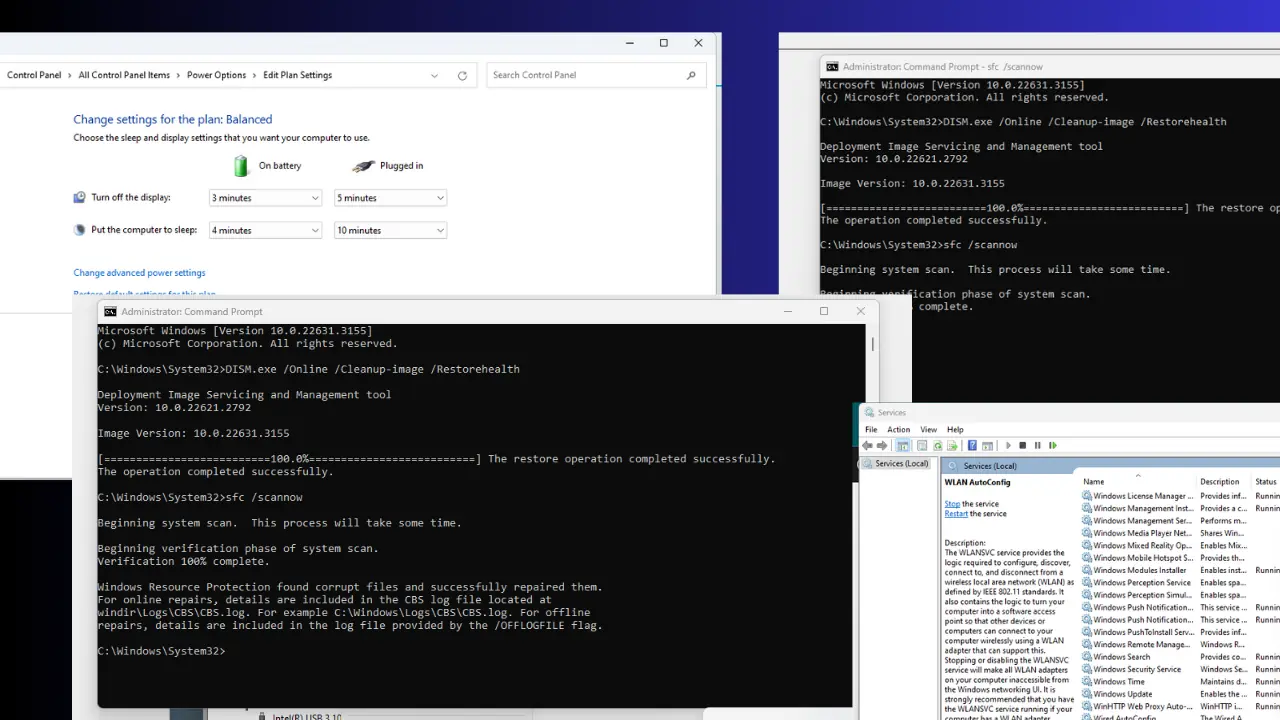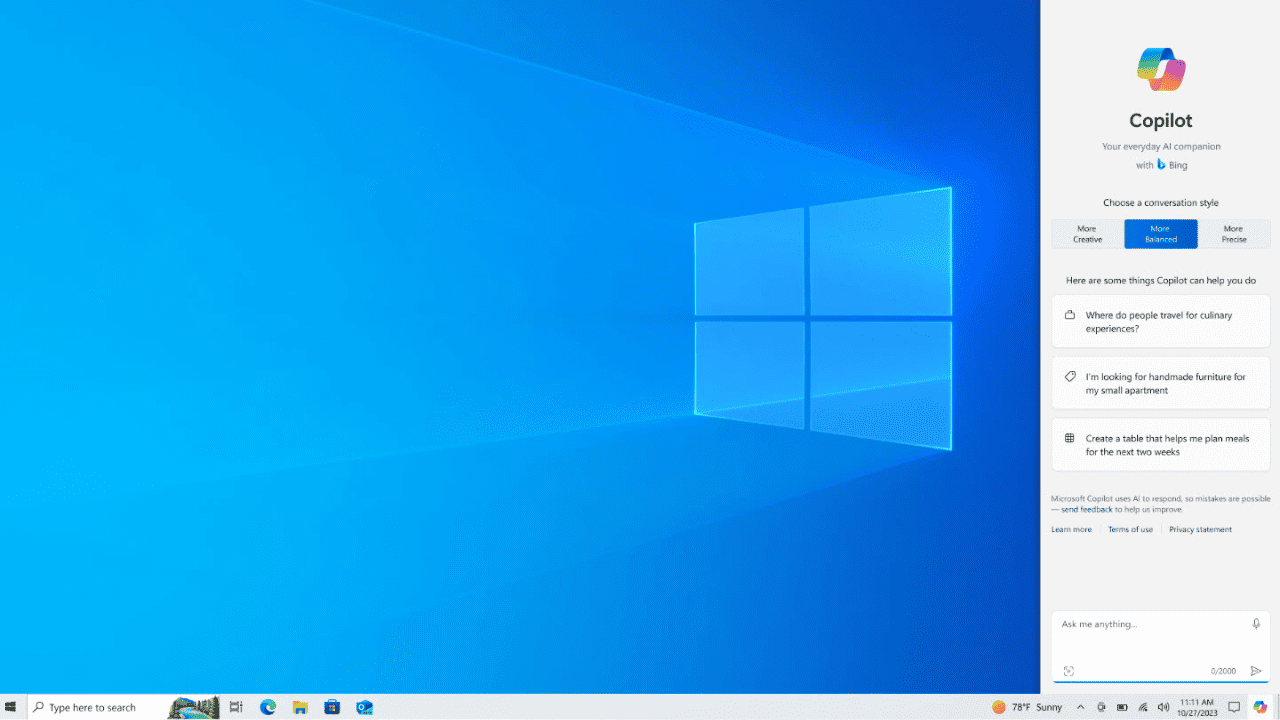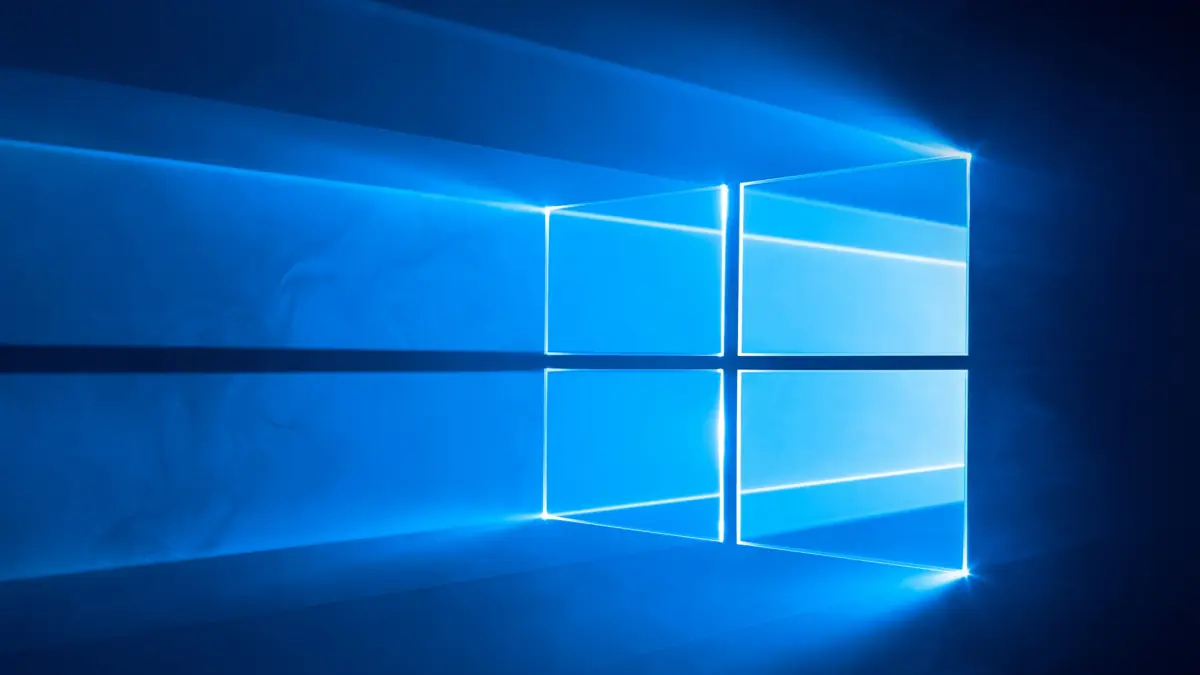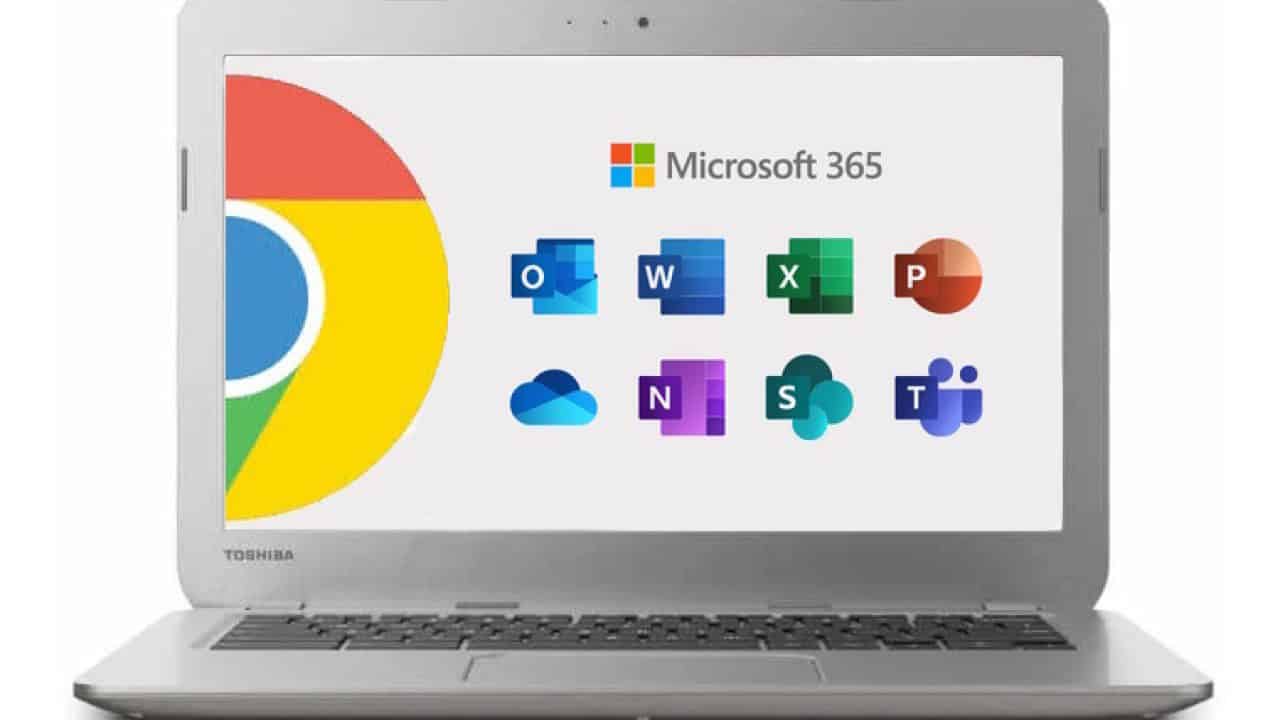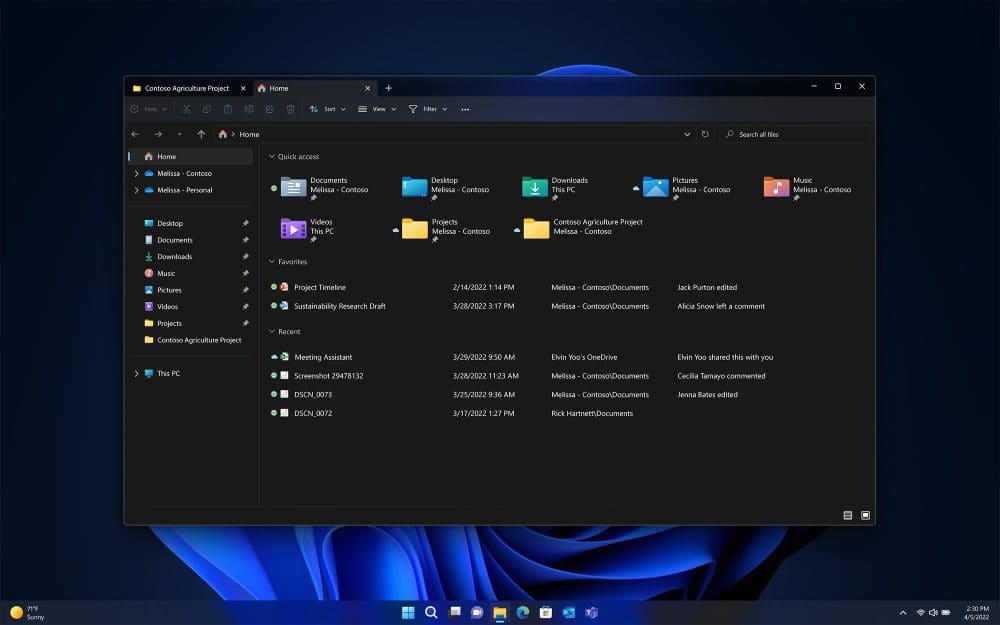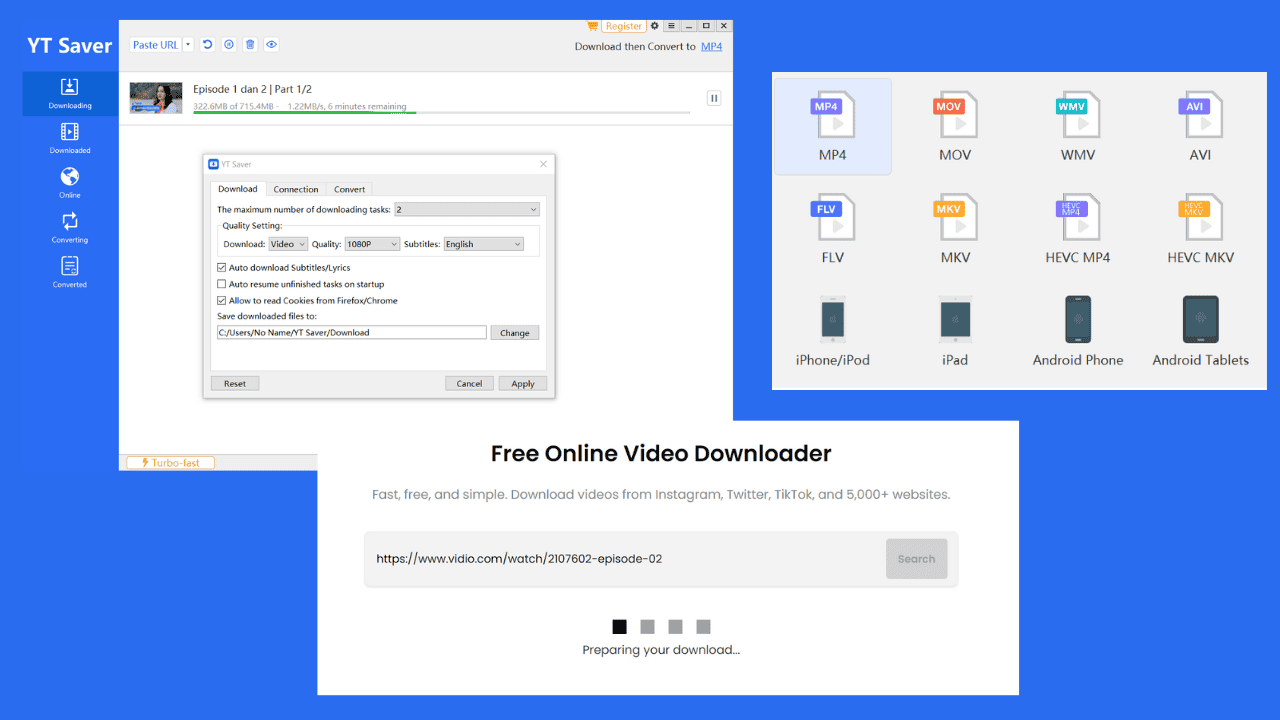Dell files a new patent for its upcoming foldable Windows 10 device
3 min. read
Updated on
Read our disclosure page to find out how can you help MSPoweruser sustain the editorial team Read more
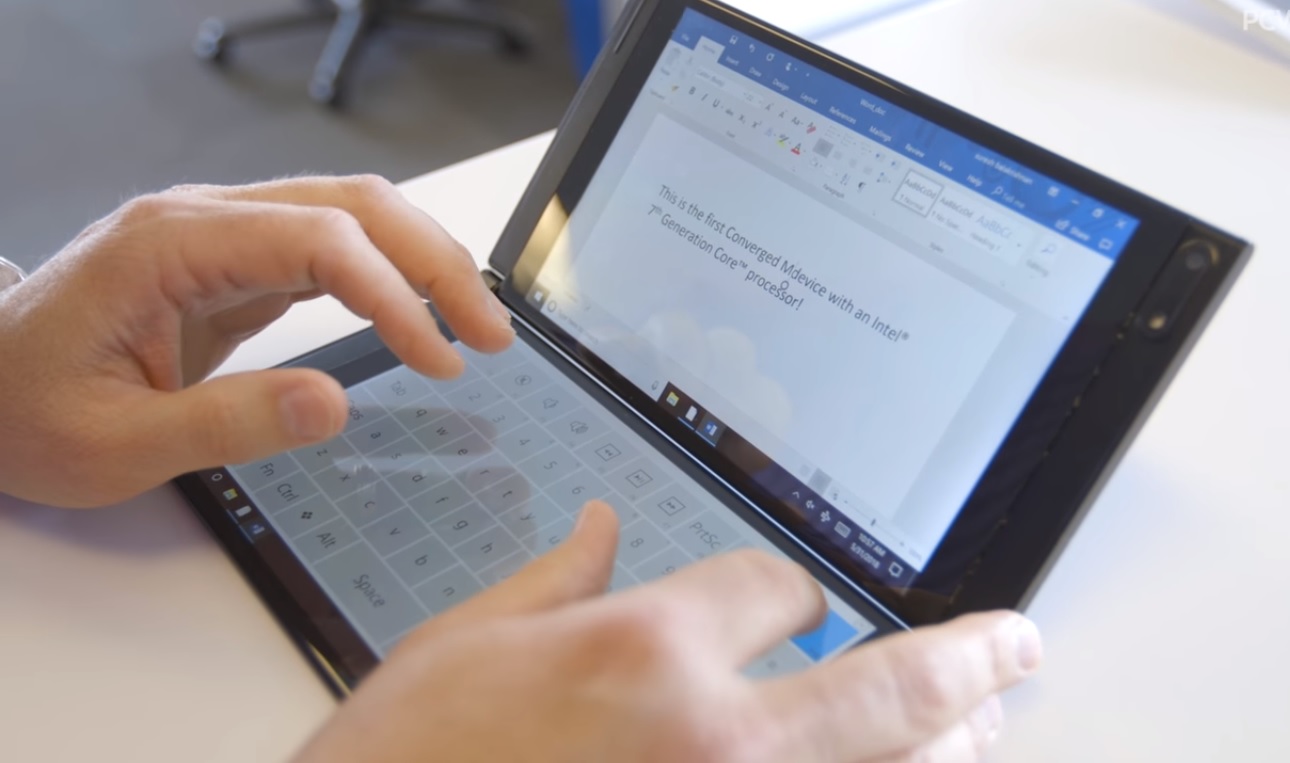
Dell has been working on a foldable Windows 10 device for quite some time now. Codenamed Janus, Dell’s first foldable project came to the light last year and while there is no information as to what happened to the project, Dell has filed a couple of new patents presumably for its foldable Windows 10 device. The dual-screen foldable device from Dell has nothing unique in it, however.
Dell’s patent is mainly concerned with the hinge of the device.
The information sheet also has a first flexible sheet that bends at a different radius than a second flexible sheet. A mounting bracket fixes each of the flexible sheets to the information handling system, and a friction linkage engages with slots within the first and second flexible sheets. An organic light emitting diode is connected to the flex.
An information handling system includes a flex hinge having a first flexible film that flexes at a radius other than a second flexible film as the flex hinge is transferred from a first position to a second position. A mounting bracket secures each of the flexible panels to the information handling system, and a friction link engages slots within the first and second flexible panels. An organic light emitting diode is connected to the flexible hinge.
In another patent, Microsoft envisions a hinge that will narrow the gap between the two display halves.
More specifically, a portable information handling system has first and second housing portions rotationally coupled to each other by first and second hinge assemblies. The housing portions contain processing components that cooperate to generate information, such as a central processing unit (CPU) and memory. A display integrated in the upper surface of each housing portion presents the visual information as visual images. Each and every one of the assembly displays the visual appearance.
More specifically, a portable information processing system has first and second housing sections rotatably coupled to each other by first and second hinge assemblies. The housing parts contain processing components that cooperate to generate information, such as a central processing unit (CPU) and memory, that execute instructions and generate visual information for presentation on a display. A display integrated into the top of each housing part presents the visual information as visual images. Each hinge assembly includes narrow double axes that hold the displays in close proximity to ensure a consistent appearance that minimizes interruption in the viewing of the visual information.
If ever Dell launches a foldable Windows 10 device, it’s going to be powered by Windows Core OS, or WCOS, which is expected to be out no earlier than Spring 2020.
via: WindowsUnited




